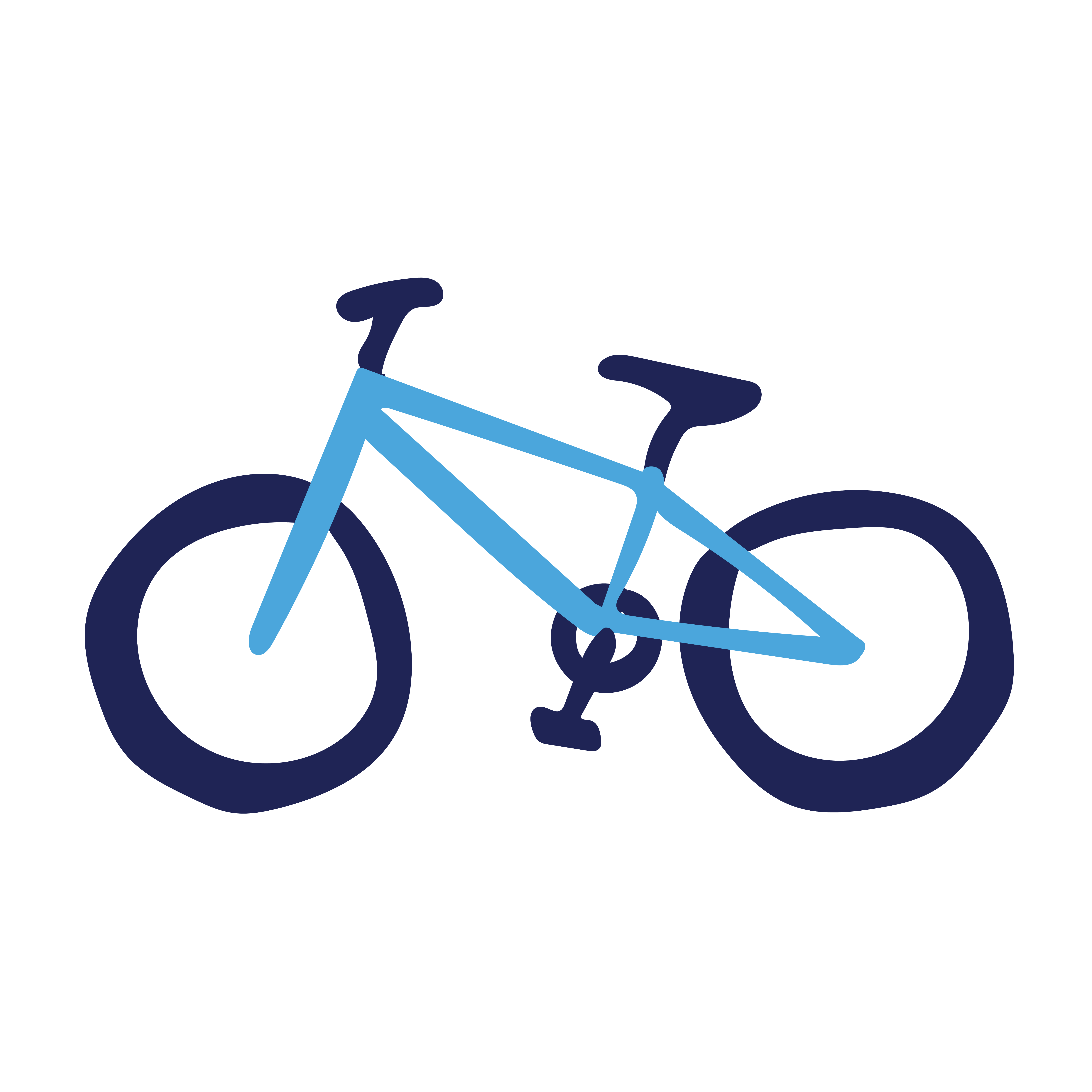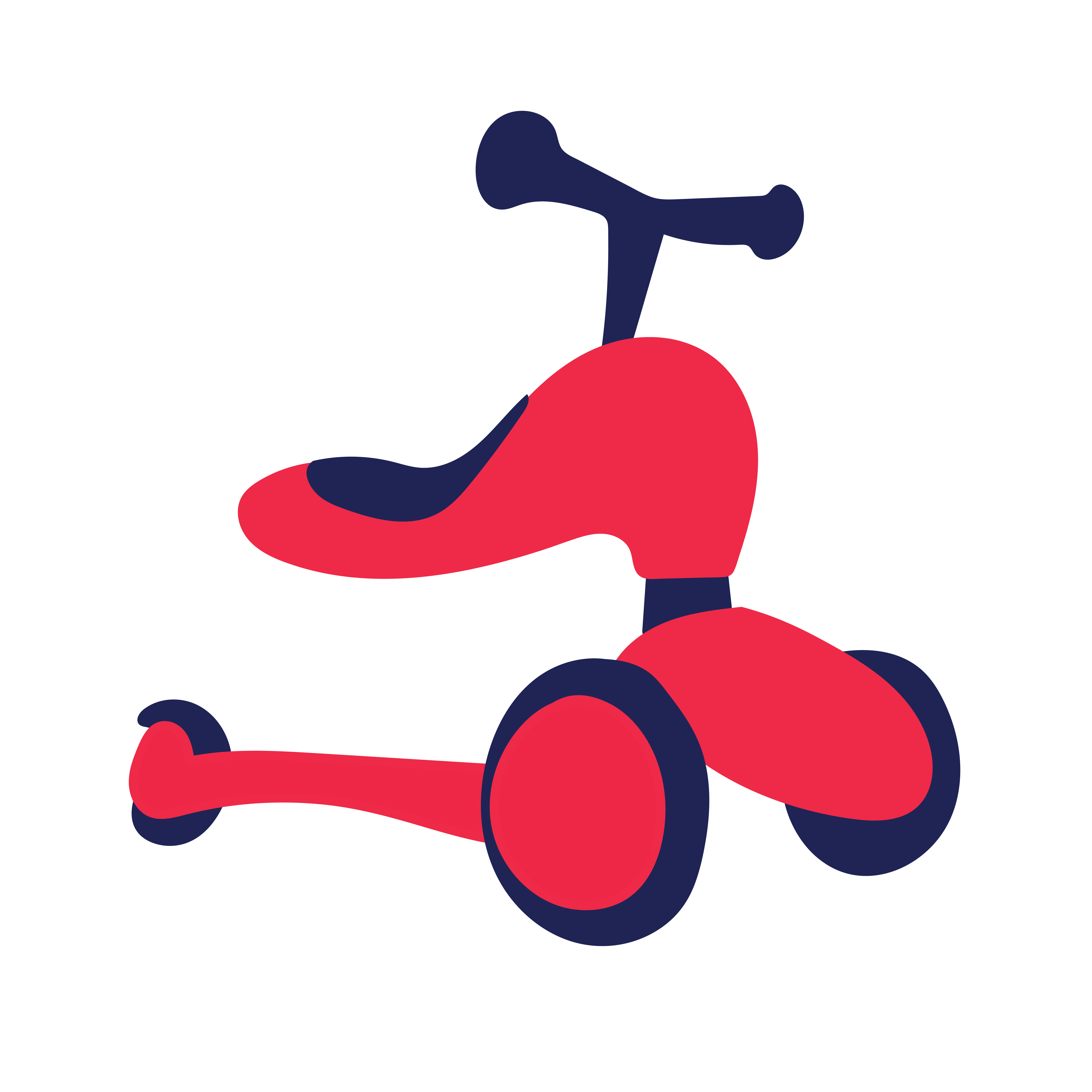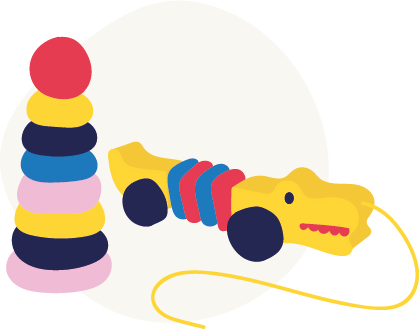How to Teach a Kid to Ride a Bike: A Step-by-Step Guide
22 May 2024
Learning to ride a bike is an exciting childhood rite of passage.
Learning to ride a bike is an exciting childhood rite of passage.
It not only provides kids with a fun way to get exercise and spend time outdoors, but it also instills a sense of freedom, confidence, and lifelong skills.
However, teaching a child to ride a bike can be daunting for parents.
From choosing the right bike to finding the perfect teaching method, there's a lot to consider.
Fortunately, with patience, preparation and the right approach, you can make the process of learning to ride a bike an enjoyable and memorable experience for both you and your child.
In this guide, we'll walk you through several different step-by-step methods to help your little one ditch the training wheels and start pedaling independently!
The Balance Bike Method

The Balance Bike Method
One of the most popular and effective techniques for teaching kids to ride is by starting with a balance bike.
These pedal-less bikes allow children to focus solely on balancing, without having to think about learning to pedal for now.
Step 1: Get the Right Balance Bike
Choose a lightweight balance bike that fits your child properly. Their feet should be able to reach the ground comfortably when seated.
We love Strider bikes as they are adjustable for a huge range of ages!
Step 2: Teach Gliding and Balancing
Encourage your child to walk while straddling the bike, then glide with their feet up.
Practice on flat, open surfaces, guiding them until they gain confidence balancing on their own.
Step 3: Introduce Steering
Once balancing comes easily, teach steering techniques by setting up cones or other obstacles for them to weave through.
Step 4: Transition to a Pedal Bike
When your child has mastered balancing and steering, transition them to a pedal bike by removing the pedals initially.
This allows them to practice their newly acquired skills on a slightly bigger bike.
These are our favourite pedal bikes for smaller kids.
Step 5: Add the Pedals
Finally, reattach the pedals. Your child's balance bike experience should make the pedaling coordination come naturally!
The Go-Along Hold Method

The Go-Along Hold Method
If your child wants to skip the balance bike phase, you can teach using the traditional "go-along hold" method.
This involves providing support until they get the hang of pedaling and balancing simultaneously.
Step 1: Find an Open, Flat Space
Pick a wide-open area like a park without obstacles to start.
The less your child has to steer or pedal in the beginning, the better.
Step 2: Lower the Seat
Ensure the seat is low enough for your child to get their feet fully on the ground to start.
Step 3: The Go-Along Hold
Walk or run alongside, holding your child instead of the bike - so that they can learn how to keep the bike upright.
Step 4: Release for Short Distances
When they seem ready, pedal for a few seconds before holding again. Gradually build up to longer distances without holding on.
Step 5: Provide Encouragement
Keep providing verbal cues, encouragement and excitement as they get the hang of balancing.
Stay alongside at first until they're riding confidently on their own.
The Training Wheel Transition

The Training Wheel Transition
Some kids may feel more comfortable starting on training wheels, or stabilisers, before making the full transition to a two-wheeler.
Step 1: Master Pedaling and Steering
First, have your child practice pedaling around with training wheels on to get used to steering, braking and pedaling technique.
Step 2: Raise and Remove One Wheel
Once pedaling is smooth, raise up one training wheel several inches off the ground so they get a feel for balancing on just one wheel. Then remove that wheel completely.
Step 3: Repeat on the Other Side
Do the same process for the other training wheel - raising it up first, before moving on to the next step.
Step 4: Take the Training Wheels Off
Finally, remove both training wheels for good and use the "go-along hold" or have them practice on a gentle grassy slope to gain two-wheel confidence.
Take a look at some of our bestselling bikes with stabilisers.
No matter which teaching method you choose, there are a few universal tips that can help ensure success:
- Start with a bike appropriately sized for your child (not too big). Read our size guide on how to choose the right size bike for your child here.
- Use a lightweight kids bike to make balancing and maneuvering easier
- Always make them wear a properly fitted helmet
- Be patient, positive and celebrate small victories along the way
The most important things are keeping it fun, managing expectations, and giving your child the encouragement to keep trying. With time and practice, they'll be cruising around on two wheels before you know it!
Struggling to teach your child yourself? Find yourself a bike club to help your little one learn, or sign them up for a Bikeability class instead






